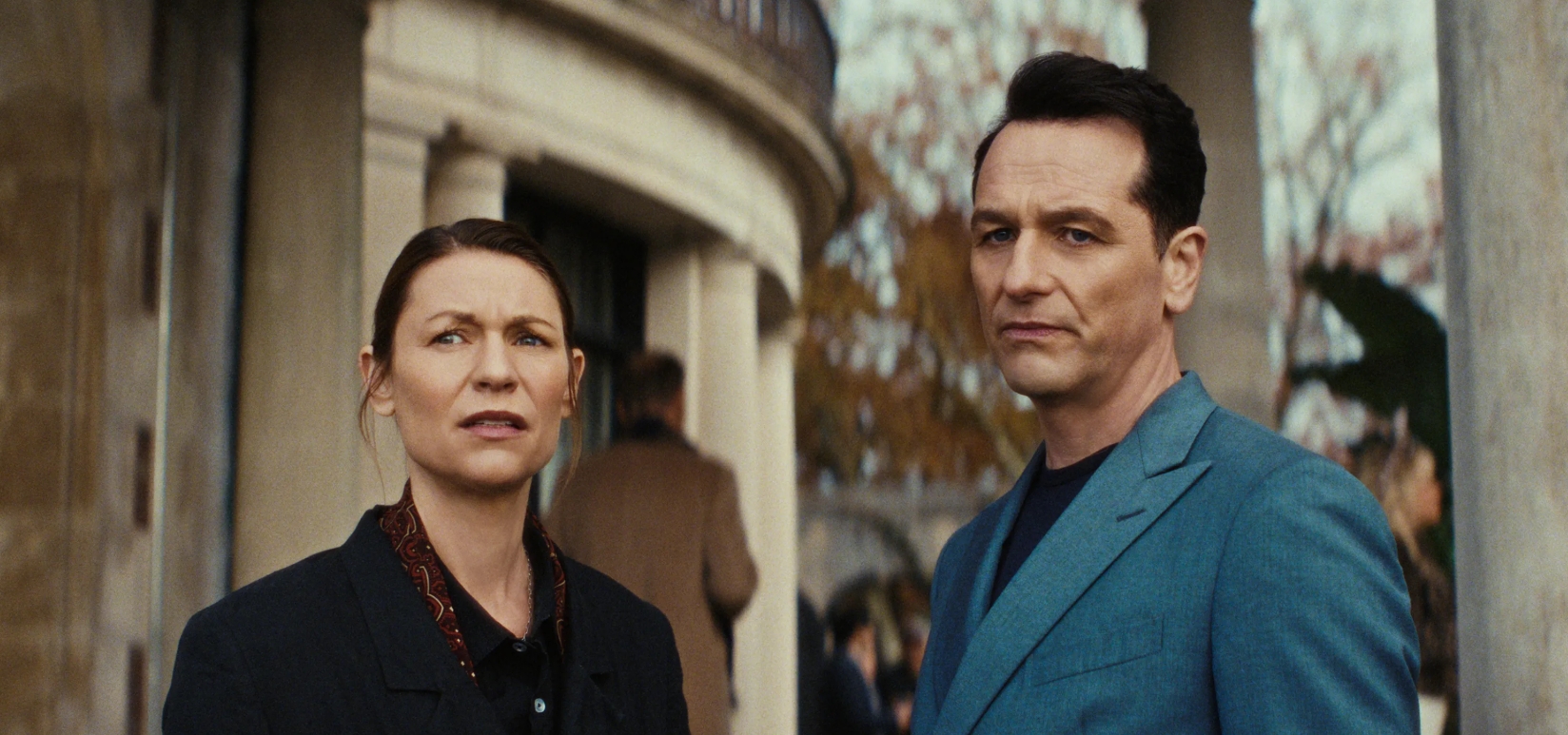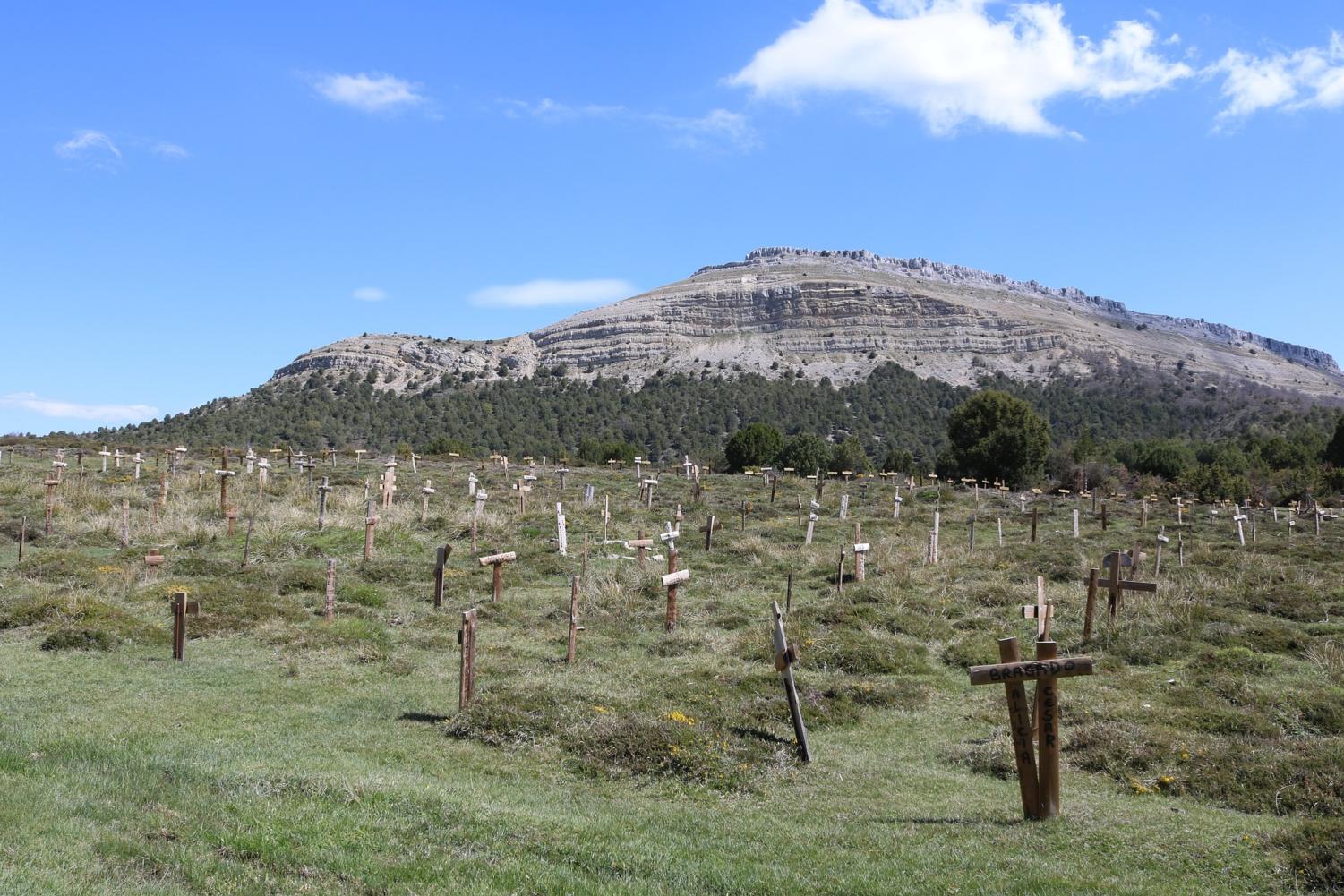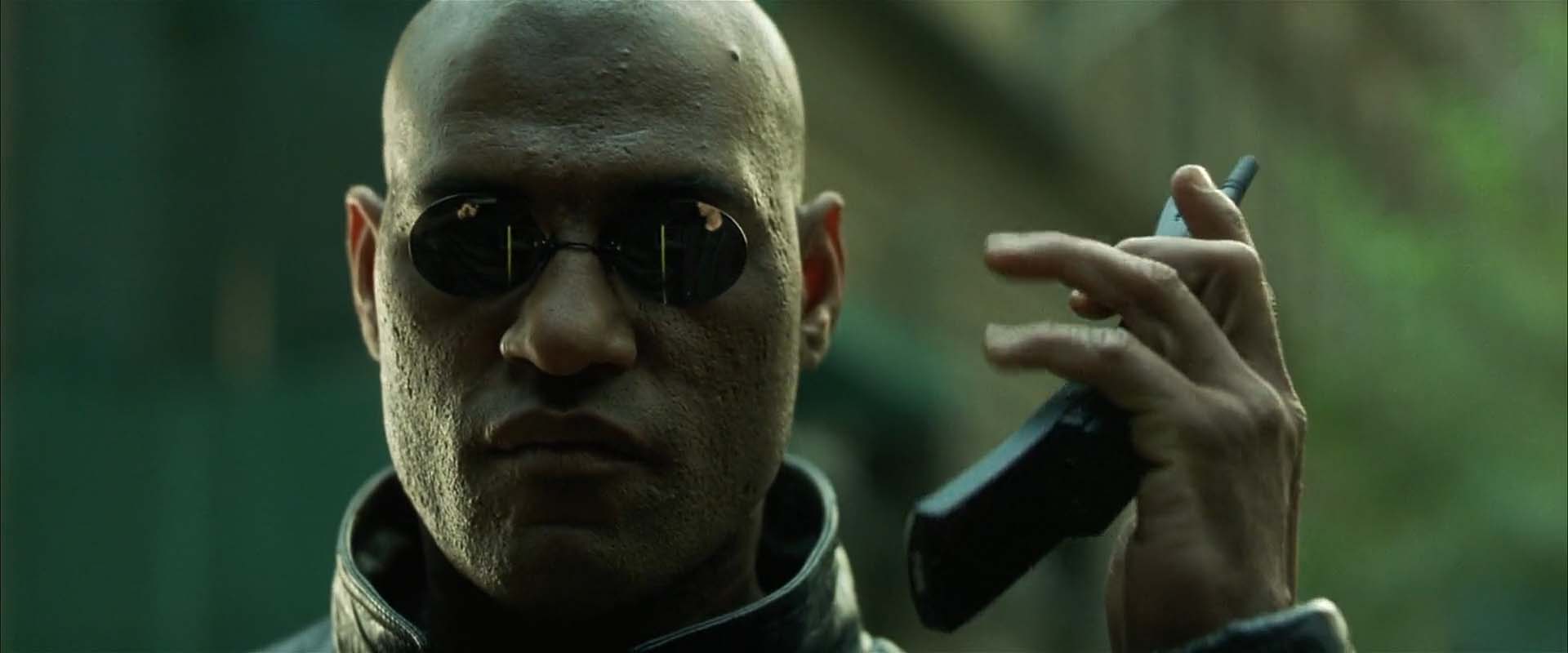James Cameron’s Avatar, released in 2009, distinguished itself instantly through its groundbreaking visual elements. While many films have leveraged advanced technologies to enhance storytelling, Avatar seizes attention through a multilayered visual language. Each element, from color palettes to design choices, is orchestrated to transport viewers from terrestrial reality to the breathtaking moon of Pandora. This exploration delves into the specific visual facets that make Avatar an enduring cinematic spectacle.
Groundbreaking Application of {{3D}} Technology
Perhaps the most publicized visual innovation in Avatar is its pioneering implementation of stereoscopic 3D. Rather than serving as a mere gimmick, the 3D technology is woven into the very fabric of the storytelling. The unprecedented depth of field immerses audiences in every scene, whether soaring through Pandora’s sky upon a banshee or navigating its bioluminescent forests. The meticulous staging in three dimensions heightens spatial awareness and emotional engagement. Data from the film’s production reveals that, over the course of four years, proprietary cameras and software were developed specifically for this project, underscoring the centrality of visual immersion to the film’s identity.
Exquisite World-Building: Pandora’s Flora and Fauna
Avatar relies heavily on environmental storytelling, with Pandora itself functioning as a living, breathing character. The moon’s topography—a combination of floating mountains, lush rainforests, and glowing flora—draws on real-world botany and zoology while amplifying them through imaginative design. Each plant, such as the massive Hometree or the sentient Woodsprites, is meticulously rendered with vibrant colors and dynamic animation sequences. The unseen canopies and detailed undergrowth provide layers of visual complexity, achieved through the collaboration of botanists, designers, and digital artists. The native creatures—like the Direhorse and the Banshee—evoke both familiarity and alien wonder by merging earth species’ anatomy with novel features, reinforcing Pandora’s otherworldly ecosystem.
Bioluminescence and the Palette of Light
One of the film’s most iconic visual identifiers is its extensive use of bioluminescence. Dayscapes in Pandora are marked by dense, oversaturated greens and blues, but by night, the world transforms. The forests pulse with radiant purples, pinks, blues, and greens, achieved through advanced rendering techniques and an acute understanding of color theory. These bioluminescent effects are not simply decorative; they contribute to the Na’vi culture, guiding rituals and signifying spirituality. For instance, the Tree of Souls not only visually dominates but also encapsulates thematic resonance—serving as both a visual spectacle and a narrative locus.
Character Design and Motion Capture
The Na’vi represent a monumental achievement in digital character creation. Their elongated limbs, feline features, and luminescent skin patterns are instantly memorable. These qualities transcend mere makeup; extensive motion-capture technology allows the performers’ emotional nuances to be translated faithfully onto their digital counterparts. The facial capture innovation plays a crucial role—subtle expressions, eye movements, and body language convey authenticity, minimizing the notorious ‘uncanny valley’ effect. Behind this seamlessness lies an enormous logistical operation: more than 60% of the film comprises computer-generated characters interacting dynamically with both digital and live-action elements.
Costume and Cultural Signifiers
Visual detailing extends deeply into costume design for both the Na’vi and human characters. The Na’vi’s attire features woven textiles, natural leathers, feathers, and bioluminescent beads, each reflecting their spiritual connection to the land. This echoes real-world indigenous cultures while blending imaginative fantasy elements, providing a visual shorthand for cultural depth. Human characters—specifically the soldiers and scientists—are defined by utilitarian exosuits, lab wear, and mechanized armor, underscoring the thematic conflict between nature and technology and illustrating the difference between human and Na’vi worldviews visually.
Environmental Composition and Cinematic Framing
The cinematography of Avatar meticulously frames Pandora’s splendor through sweeping establishing shots and intimate close-ups. Wide-angle vistas capture the dizzying heights of the Hallelujah Mountains, exploiting scale to inspire both awe and a sense of insignificance. Cameron employs dynamic camera movement to simulate flight and frame action sequences, producing kinetic energy that draws the audience into the world. Key scenes leverage light and shadow, contrasting Na’vi harmony with the harsh, sterile human encampments, providing stylistic subtext that amplifies core themes.
Blending Practical and Digital Effects
The blend of practical and digital effects assures that Pandora’s environment feels tactile rather than entirely synthetic. Real sets are merged with computer-generated extensions, allowing live actors to interact credibly with their surroundings. This hybrid approach is visible in close-ups of forest floors, where actors’ hands brush digital foliage that responds in real-time, rooting the visual fantasy in physical reality.
Influence on Other Media and Popular Culture
The distinctive visual style created by Avatar has left its mark on video games, amusement park rides, and later movies. For instance, the captivating areas within prominent theme parks replicate Pandora’s luminous landscapes, showcasing the movie’s enduring visual influence. Other directors have referred to Avatar as a standard for seamlessly blending computer graphics with live action on a grand scale, employing it as a measure for technical aspiration and narrative presentation.
An Enduring Visual Heritage
Every visual decision in Avatar combines advanced technology and creative world-building to deliver a deeply immersive experience. The movie’s unified color scheme, detailed character designs, and novel lighting techniques are meticulously arranged, pulling audiences further into its environmental narrative. With these components, Avatar has not only influenced the progression of visual effects but also reset standards for cinematic engagement, showcasing the lasting impact of artistic skill blended with technological innovation.





